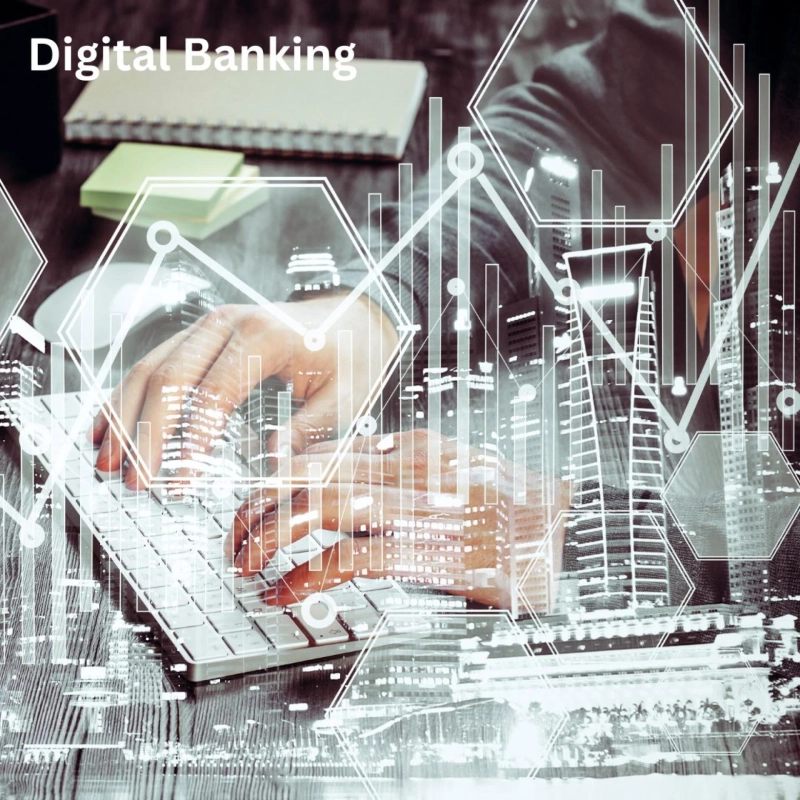The natural progression of banking and financial services in a digital world is digital banking. Customers start to expect digital services from new products as more services use digital infrastructure for most of their operations. Simplified user interfaces and well-connected delivery services have greatly benefited food delivery businesses, fitness subscription apps have eliminated the administrative burden of joining gyms, and our approach to music listening has evolved as a result.
Banking is no exception. Digital infrastructure demonstrated that banking could adapt to the requirements of individuals, families, investors, and owners of small businesses who desired more from their banks. As a result, expectations shifted. We need to know what Digital Business Banking is, how it came to be, its advantages, and why we should use it in order to fully comprehend it.
Digital banks vs. Traditional banks
Digital banks operate entirely online, and bundle financial software with financial services, whereas traditional banks do not; Compared to traditional banks, which focus primarily on providing as many financial services as possible in a single location, have high account fees, and require customers to visit a physical branch, and be that as it may, both enjoy their own benefits and disadvantages, and it is critical to comprehend and gauge these elements.
Why should society shift to digital banking?
When account holders make certain transactions, traditional banks typically have to charge fees to their customers in order to cover operating expenses like rent, staff, and equipment. Digital banks, on the other hand, don't have to worry as much about running costs. They can now provide their services for free to their customers as a result of this. You don't have to shell out some of your money for transaction fees that slowly eat away at your savings.
Digital banks are able to offer their services at lower interest rates because they have lower operating costs. Digital banks can go over 3%, whereas traditional banks only offer 1-2% for deposit accounts. Compared to other local banks, this gives you more chances to passively grow your savings faster. Banking online can not only help you save money, but it can also save you time and effort. With this experience, you can manage your account right from your phone. Because everything can be done within the app, there is no need to wait in long lines. You can schedule the payment of bills or process deposits at the time that works best for you, so you won't have to rush through cut-offs.
IN CONCLUSION
Traditional banking is still very common for business transactions. It is well-known and dependable, and many people feel more at ease using it. However, given that the majority of customers now prefer to conduct business using their mobile phones, traditional banking appears to have lost its appeal with the rise of mobile banking and digital transactions. Online banking, on the other hand, is one of the best ways to bank these days because of its unparalleled ease, speed, and convenience. The more established traditional banking system may be preferable for larger businesses. Mobile banking is easier to use and might be better for some people.
Because they serve different purposes for their customers, the two banking systems cannot compete with one another in importance. So, even though it's probably safe to say that your specific requirements will determine which option is best for you, the unprecedented economic and social unrest may be a crucial factor in deciding which banking method will save you more time and money, provide security, and more convenience.
0


